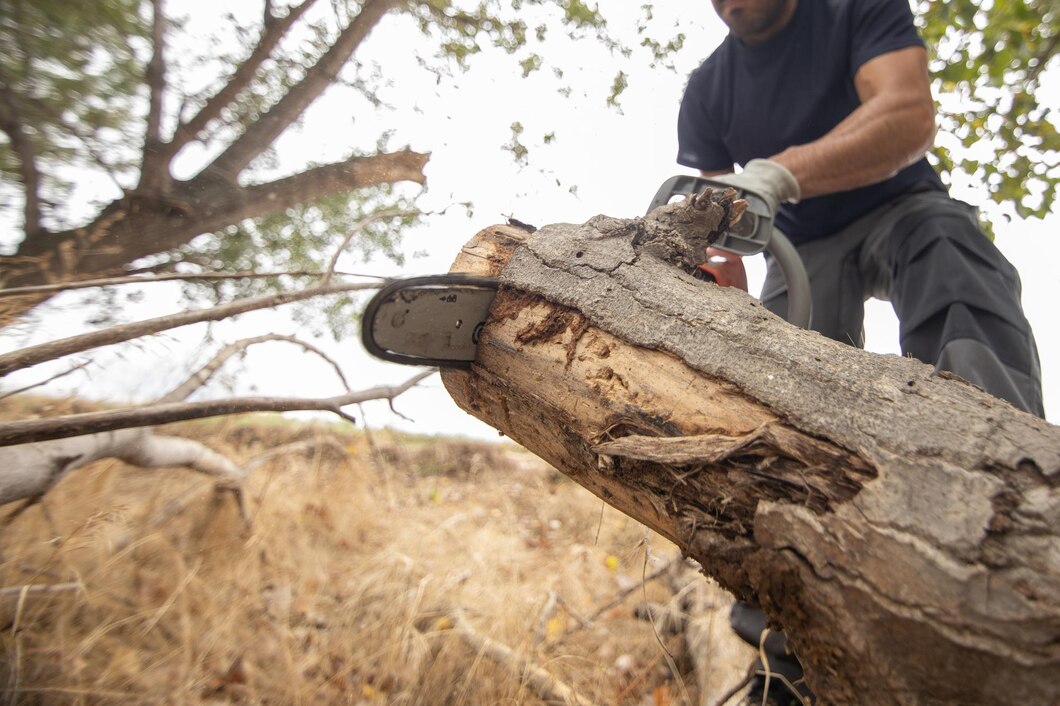In the ever-evolving world of fashion, there’s a growing recognition of the importance of inclusivity and diversity.
This change is not just about the runway or high-fashion magazines; it’s about bringing this inclusivity into every aspect of clothing, including areas often overlooked, such as sleepwear.
The following article explores how the fashion industry is embracing diversity, particularly through plus size nightwear collections for women.
A Journey Through History: From Restriction to Liberation
Historically, fashion has been restrictive, especially for women. From corsets to petticoats, women’s clothing was designed more for aesthetic appeal than comfort. This trend continued into sleepwear, with uncomfortable materials and designs that did not cater to all body types. However, as societal norms began to change, so did the fashion industry. The liberation movement in the 1960s and 1970s played a pivotal role in this transformation, leading to more comfortable and inclusive clothing designs, including sleepwear.
Modern Sleepwear: Comfort Meets Style
Today, comfort is as important as style, especially in sleepwear. Designers are increasingly focusing on creating nightwear that is both fashionable and comfortable, catering to women of all sizes. This shift has led to an array of stylish plus size nightdresses that are both functional and flattering. The emphasis is on using soft, breathable fabrics that feel good against the skin, combined with designs that enhance the natural shape of the wearer, regardless of their size.
Inclusivity in Fashion: A Step Towards Body Positivity
The inclusion of plus-size options in sleepwear is a significant step towards promoting body positivity. For too long, the fashion industry has perpetuated a narrow standard of beauty, marginalising those who do not fit into it. By offering a wider range of sizes in nightwear, the industry is acknowledging and celebrating the diversity of women’s bodies. This shift not only caters to a broader market but also sends a powerful message about the importance of inclusivity and self-acceptance.
The Role of Media and Influencers
Media and influencers play a crucial role in promoting inclusive fashion. With the rise of social media, more voices are advocating for diversity in fashion. Influencers of all sizes are showcasing how comfortable plus size nightwear can be both stylish and empowering. This visibility helps in breaking down the stereotypes and stigmas associated with plus-size clothing.
Looking to the Future: Sustainability and Innovation
As the fashion industry continues to evolve, there’s a growing focus on sustainability and innovation. This is particularly relevant in the production of sleepwear, where there’s an increasing use of sustainable materials and eco-friendly practices. Future trends in comfortable plus size nightwear may include using advanced fabrics that are not only kind to the environment but also offer enhanced comfort and durability.
Conclusion: Embracing Change and Moving Forward
The transformation in the sleepwear segment of the fashion industry reflects a broader change in society’s attitudes towards inclusivity and diversity. By embracing plus size nightwear collections for women, the industry is not only catering to a wider audience but also promoting a message of body positivity and self-acceptance. As we look to the future, it’s essential that this trend towards inclusivity and sustainability continues, ensuring that fashion is for everyone, regardless of size, shape, or style preference.
In the realm of fashion and its impact on society, it’s also essential to understand the broader implications of these changes. For further insights, one might explore the topic of fashion’s influence on cultural norms, a subject that has been widely discussed and analysed.
…










